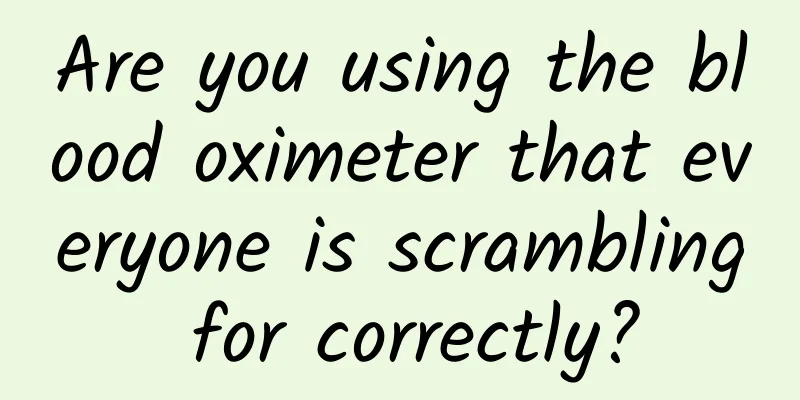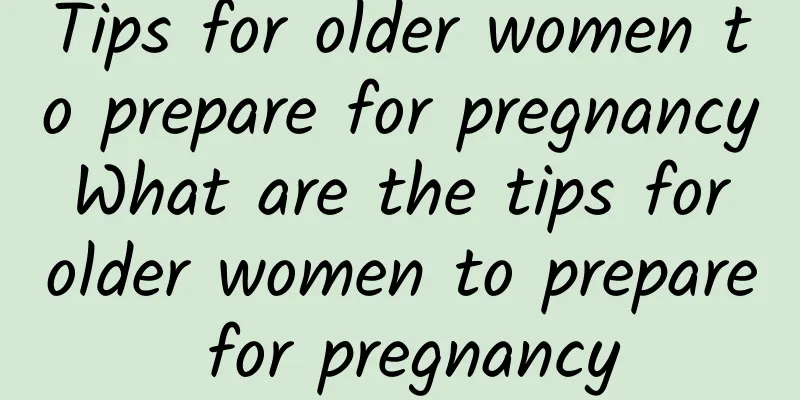Are you using the blood oximeter that everyone is scrambling for correctly?

|
Many people have asked us in recent days, is it a serious illness if the old father's blood oxygen saturation is 93%? Also, the old man's lungs are not good, and now the blood oxygen saturation is 95%, is there nothing to worry about? I am very afraid of hidden hypoxia, what should I do? How to use the pulse oximeter (hereinafter referred to as the pulse oximeter, the widely used finger clip oximeter is this type), what should I pay attention to before using it? Copyright image, no permission to reprint Let’s talk about these issues today, and hope to help everyone use the blood oximeter more accurately to better assess the condition. First, according to what we said before, **the severity classification of COVID-19 infection has a very important judgment indicator, which is blood oxygen saturation. **This indicator reflects the oxygen content in the blood, and the result can indicate whether there is hypoxia. For example, if the blood oxygen saturation is lower than 94% and there are obvious symptoms of infection, then it is necessary to consider that it is a severe case of COVID-19. 2. It is very important to measure blood oxygen saturation correctly. Currently, data can be measured by portable oximeters. However, in some cases, oximeters may not accurately detect hypoxemia. In order to avoid delayed recognition of hypoxemia, doctors must be aware of its limitations when interpreting oximeter data. 3. The measurement results of the oximeter may be affected by the skin pigment, thickness or temperature. Poor peripheral blood circulation, smoking and wearing nail polish may also affect the measurement results. So when you buy a new blood oximeter, in theory you should read the instructions to understand the location of the sensor inside, and check whether it has been certified by the relevant department and whether its accuracy can be guaranteed. Copyright image, no permission to reprint 4. The U.S. Food and Drug Administration (FDA) recommends that oximeter readings be used only as estimates, because SpO2 readings represent the range of arterial oxygen saturation (SaO2), which is a more accurate indicator. For example, an SpO2 reading of 90% may mean that SaO2 is actually between 86% and 94%. In other words, it is indeed possible that the blood oxygen saturation shows normal, but there is already hypoxia. 5. In addition, **skin color may also affect the effectiveness of the oximeter. **Patients with darker skin are more likely to make errors in measurements in the lower SpO2 range, which means that the oximeter readings do not reflect the patient's true condition (and often overestimate the patient's blood oxygen level). A 5-hospital registry study of patients in the emergency department or hospitalized with COVID-19 found that **24% of patients who should have been treated did not receive treatment due to overestimation of SaO2. **Most of these patients (55%) were black. The study also evaluated delays, with the median delay for black patients being 1 hour longer than for white patients. Copyright image, no permission to reprint 6. To obtain accurate numbers, the measurement process is also very important. The following precautions must be remembered: 1. Follow the instructions in the user manual and place the oximeter on your index or ring finger, making sure your hand is warm and relaxed. 2. Place your hands below heart level. 3. Remove nail polish or nail tips before testing. 4. Before the examination, the patient should rest indoors, breathe quietly for a few minutes, and do not speak. 5. Patients or medical staff should observe the pulse oximeter reading for ≥30 seconds until a stable number is displayed, rather than accepting the first reading. **If the reading is repeatedly below 95%, it is generally necessary to see a doctor. **However, it is also important to consider the blood oxygen saturation level before infection, that is, when the patient is healthy, as well as the patient's own condition. Copyright image, no permission to reprint 7. In addition, many mobile phones or apps can read blood oxygen saturation data, but their accuracy has not been verified. So if you need to use it, you can first use a verified oximeter to determine the accuracy. 8. In any case, the interpretation of SpO2 readings should always be combined with the patient's entire clinical presentation. **The patient's signs and symptoms (e.g., dyspnea, shortness of breath, chest pain, changes in cognitive or attention status, cyanosis) are more important than the oximeter's measurement data. **This means that we cannot diagnose or rule out a serious illness based on just one reading, but still need to combine the patient's own condition. Author: Hao Xichun, founder of Keyou Health and attending physician of respiratory medicine Review | Wang Qian, Chief Physician of the Emergency Department, the Third Medical Center, PLA General Hospital Source: Keyou Health |
<<: TCM Health Series for the Elderly|How to nourish the lungs for the elderly
>>: With a "click", the orthopedic surgeon broke his own bone
Recommend
Fright can cause menstruation to stop
In daily life, some female friends have encounter...
Lactobacillus positive
A common sense that everyone should know is that ...
Symptoms of bilateral breast hyperplasia
What is the problem of bilateral breast hyperplas...
Breast development stage
Every woman loves beauty, especially women are ve...
43 days after delivery, the lochia is not clear
Because the female uterus is severely damaged dur...
Is it okay to eat pears while breastfeeding?
Pears are a kind of fruit we often eat. Pears hav...
Symptoms of two pregnancies are different
Now that the country has opened up its policies, ...
Acne scar treatment methods, these methods will give you flawless skin
Acne is what we often call pimples. Acne is a ver...
"20 opinions" expert consensus on perioperative multidisciplinary evaluation of elderly patients undergoing spinal surgery
Compared with young and younger elderly people, e...
Judging normality by the color of vaginal discharge
The color of women's leucorrhea is an importa...
How to deal with vulvar itching
Some women may experience vulvar itching, which m...
Pictures of nipple cracks during pregnancy
Because some people become new parents for the fi...
How to make the cervix open faster during childbirth
Many pregnant women will be very anxious and exci...
What are the white bumps on the vulva?
The growth of small white bumps on the vulva is s...
The difference between caesarean section and natural birth
Caesarean section and natural birth are two diffe...









